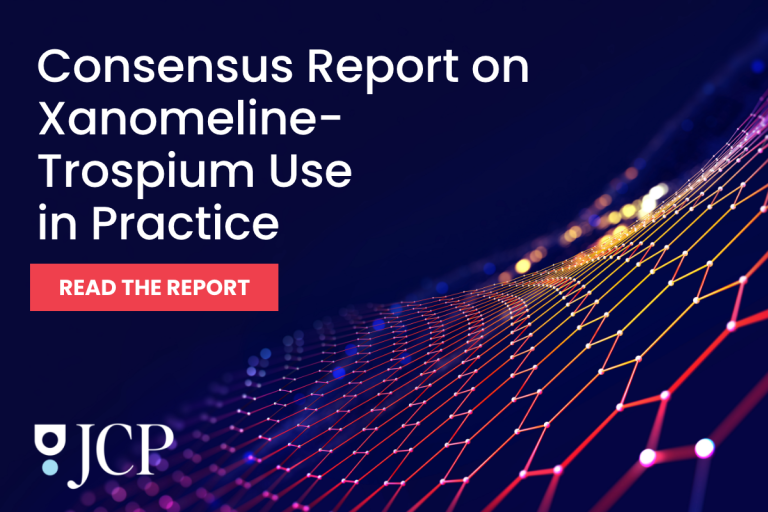This week opens with an unexpected threat to veterans, a bespoke approach to antipsychotics, and revisits the dangers of hypotension.
Retirement Drives Up Suicide Risk
A decade-long analysis of more than three million retired U.S. service members – appearing in The Journal of Clinical Psychiatry – uncovers a new variable when it comes to evaluating suicide risk. And it appears to largely depend on something as simple as how those veterans left the military.
The study, led by researchers from the Department of Veterans Affairs and Army Retirement Services, found that veterans medically retired for disability faced a 32% higher risk of suicide than veterans overall. Those who retired after wrapping up their standard service terms boasted a dramatically lower risk of suicide.
Drawing from a decade of VA and Department of Defense data, the team looked at retirees from the four major branches of the U.S. armed forces. From the more than 3 million retirees, those on the Permanent Disability Retired List (PDRL) – with an average age of 50 – featured a suicide standardized mortality ratio (SMR) of 1.32.
In stark contrast, “length of service” retirees (average age 65) showed a much lower SMR of .74. And “Gray Area” retirees (average age 52.9) had an even lower SMR of .50.
The researchers chalk up the elevated risk among medically retired veterans to the psychological and physical burden of service-related disabilities. They also blame the abrupt, often involuntary nature of the medical discharge.
Consequently, the authors suggest that long-serving retirees might benefit from protective factors such as financial stability, coping skills, and stronger social networks.
IN OTHER PSYCHIATRY AND NEUROLOGY NEWS
- The Primary Care Companion for CNS Disorders outlines how clinicians can choose antipsychotic treatments by balancing efficacy, side effects, and patient needs.
- JCP also published new data this week that shows that veterans with bipolar disorder who attempted suicide showed poorer memory and higher aggression, suggesting cognitive and behavioral factors might drive up their risk.
- PCC also discusses the threats of low blood pressure – as well as prolonged hypotension – to cognition.
- JCP also reports on how a brief, social contact–based video intervention significantly increased treatment-seeking intentions among young adults with anxiety, depression, or PTSD symptoms.
- And, finally, new reporting that reaffirms mounting evidence of the stroke risk tied to dental health.



